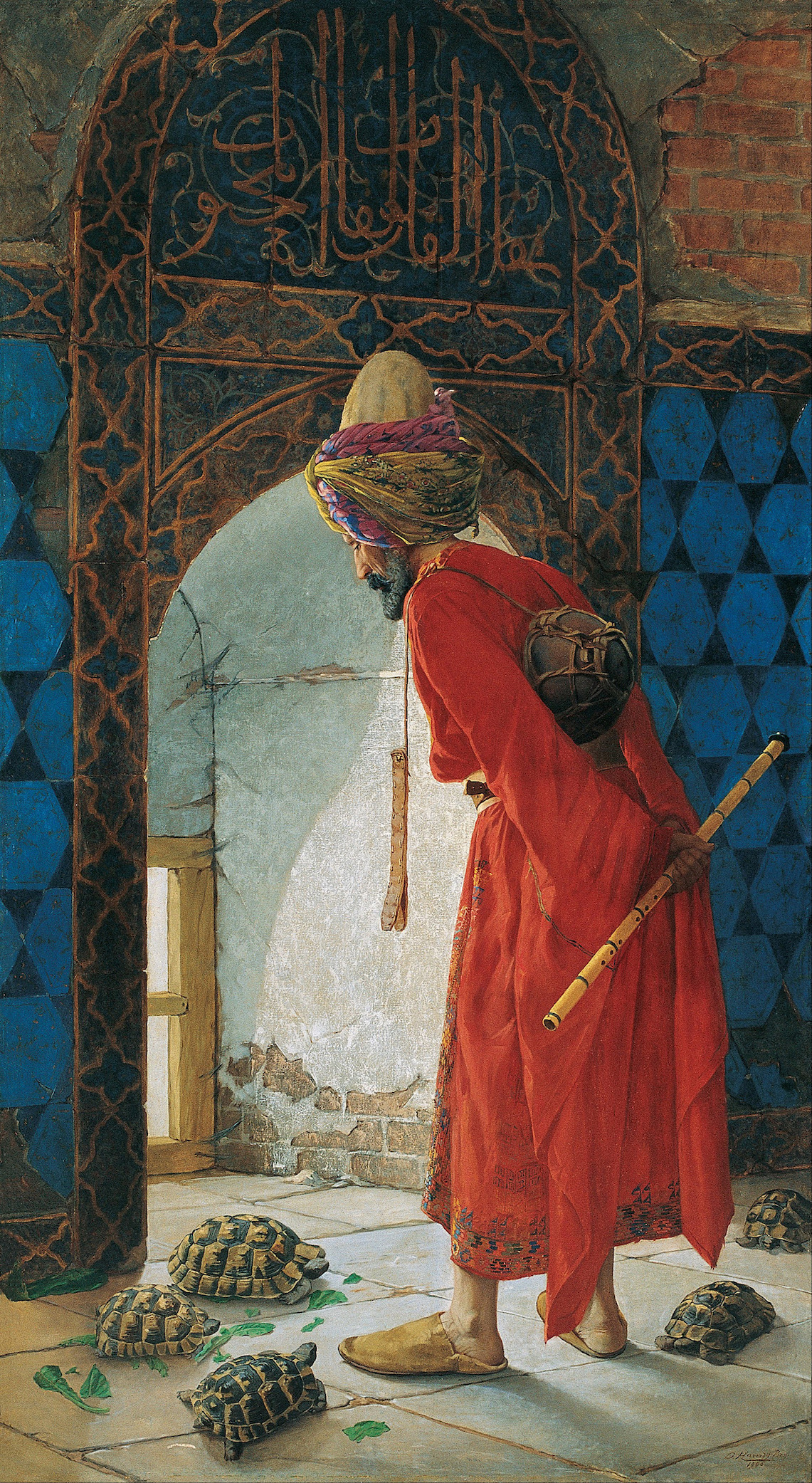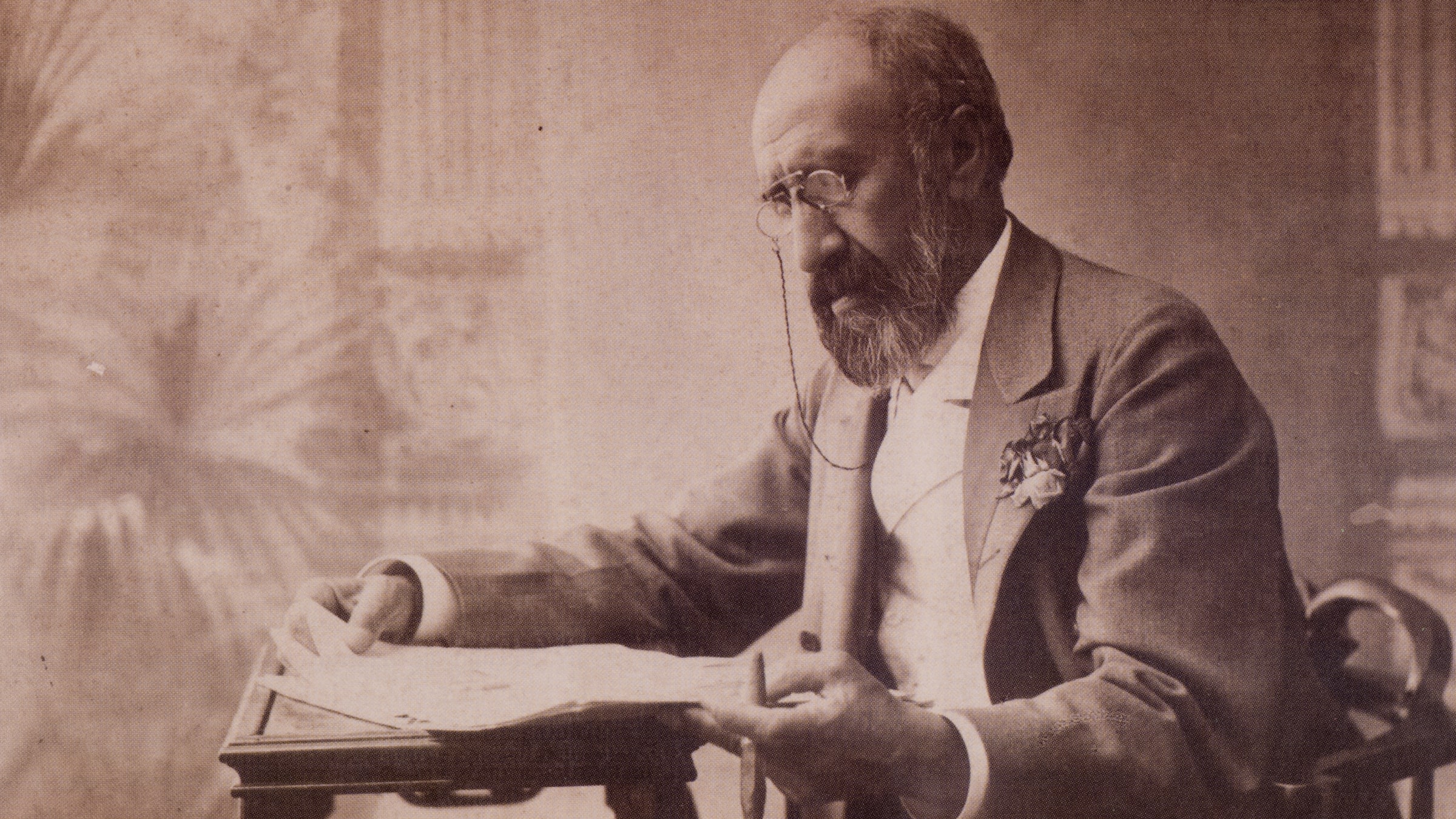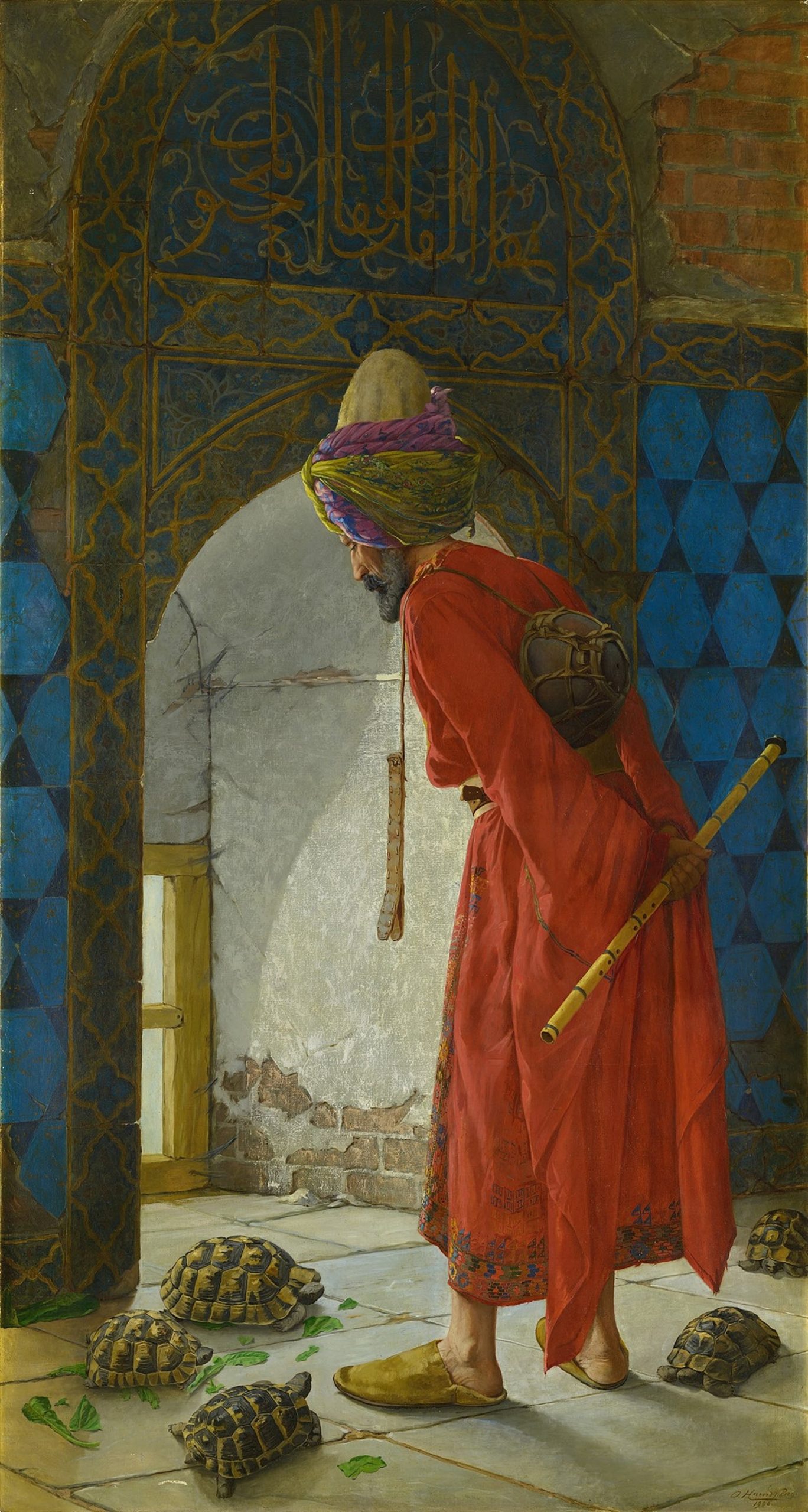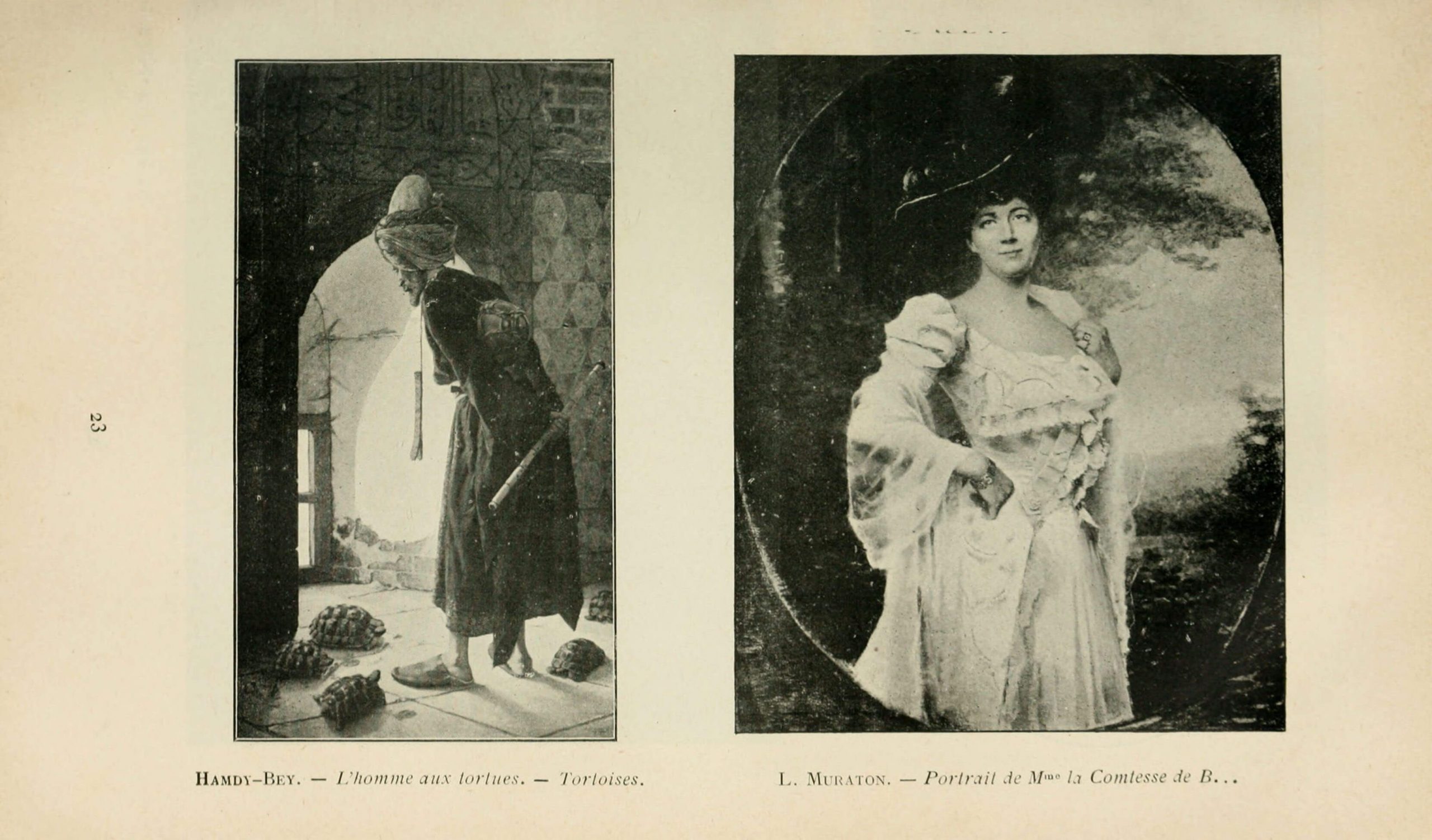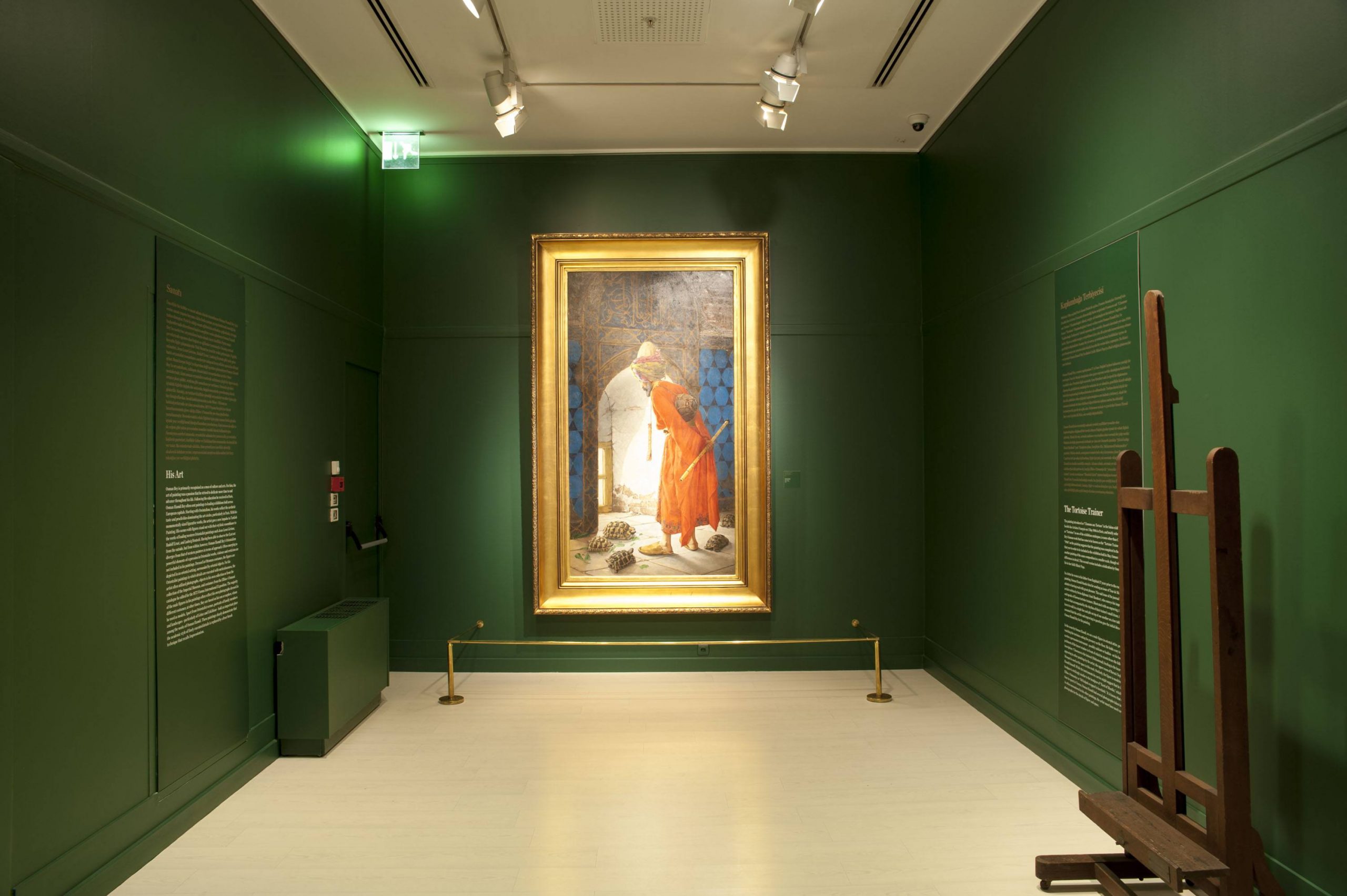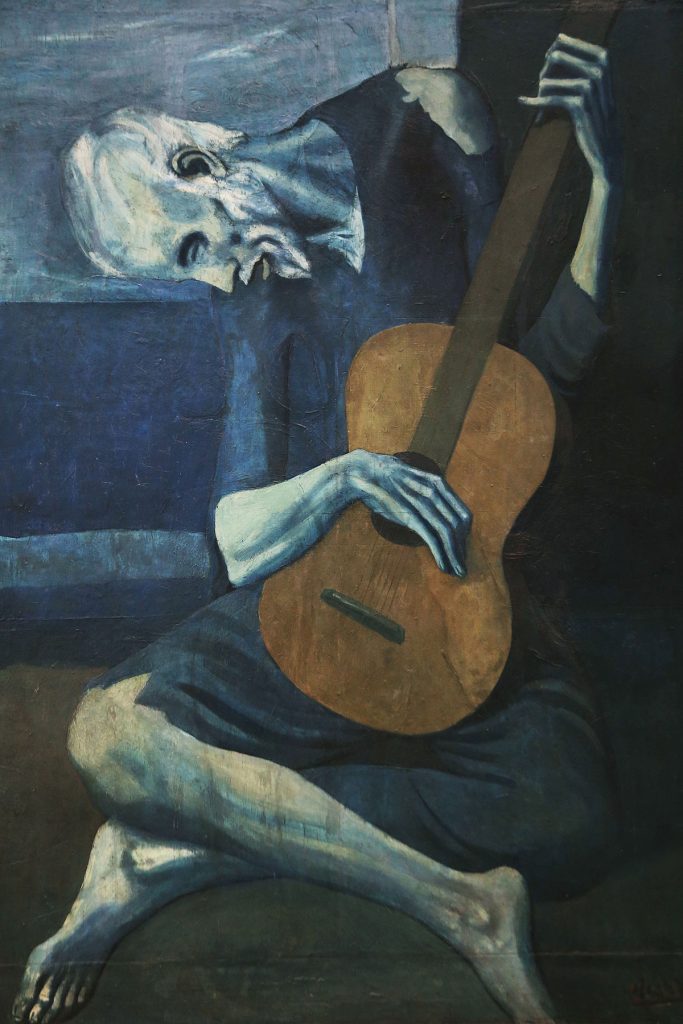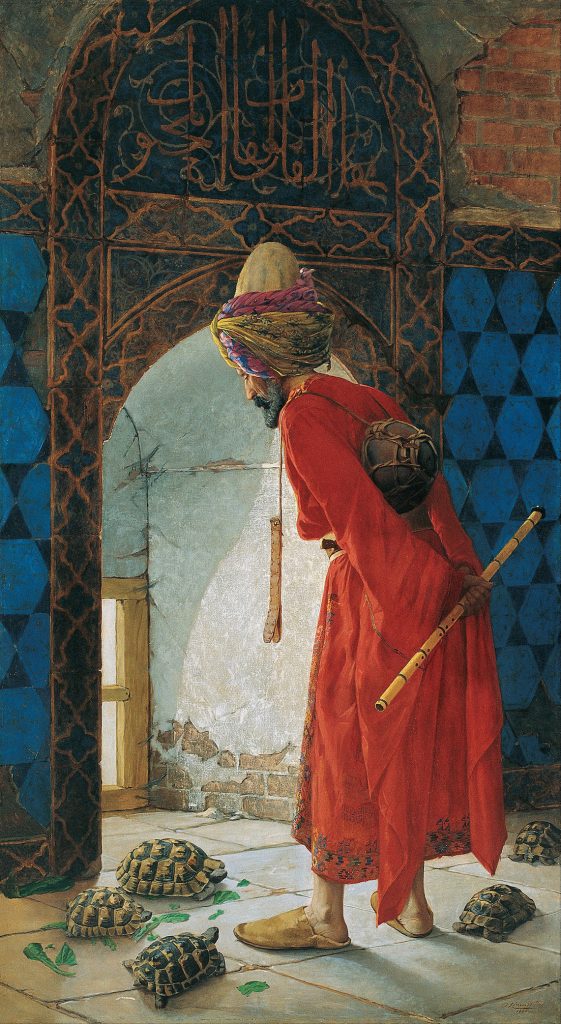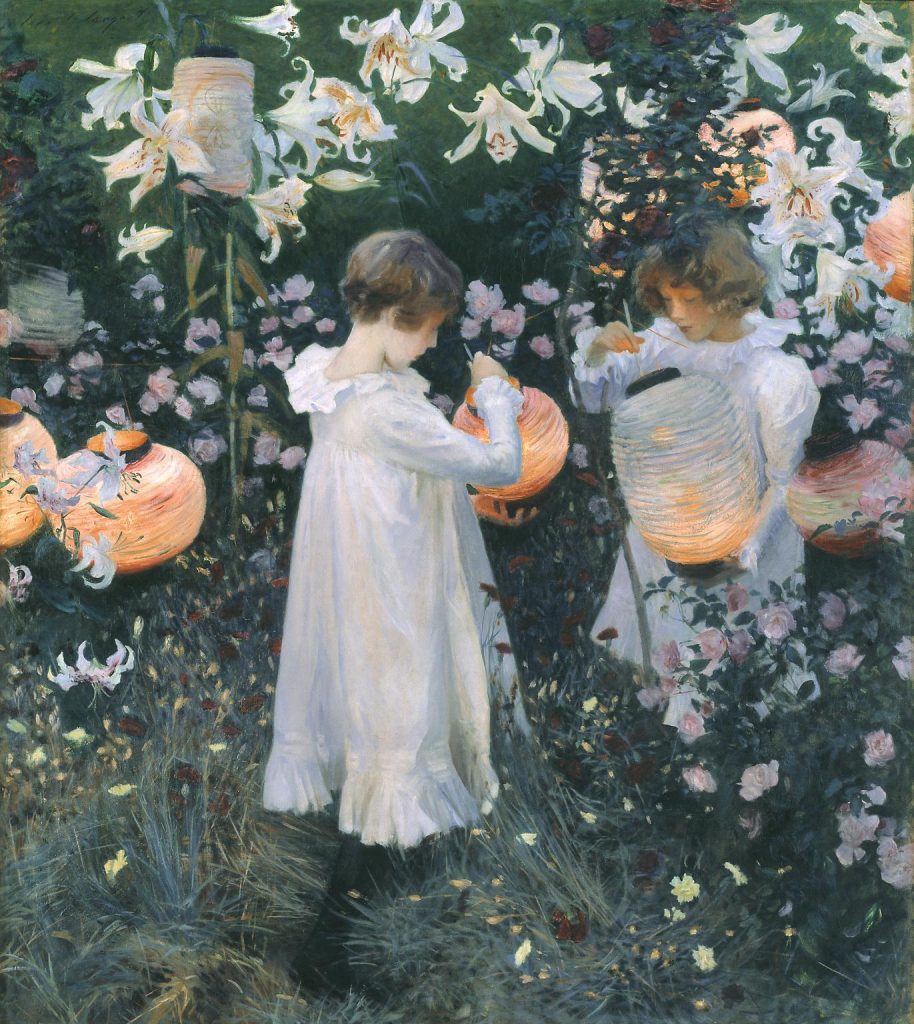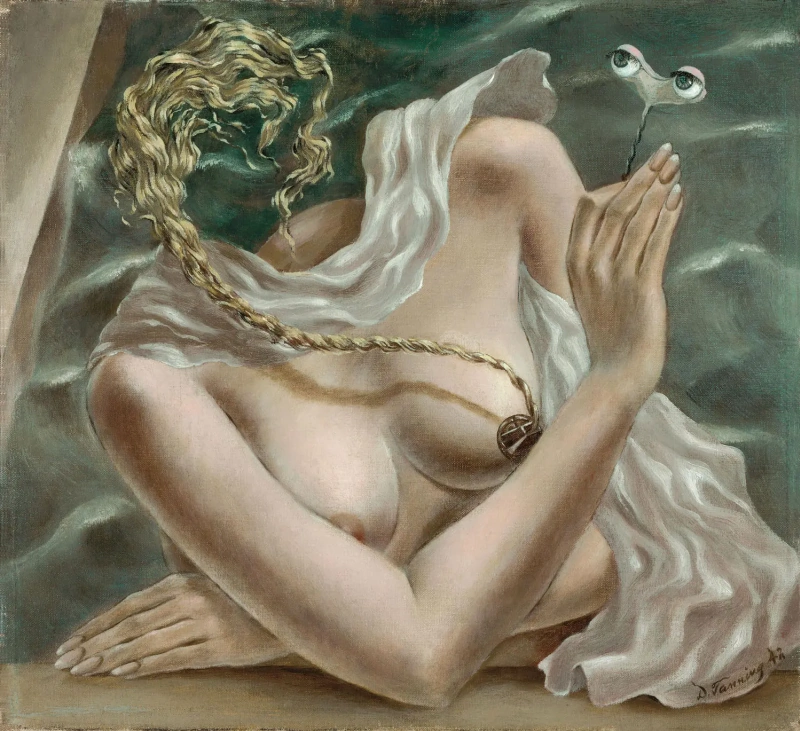Art Appreciation:
'The Tortoise Trainer'
by
Osman Hamdi Bey
Romanticism
Celebrated within the hushed halls of Istanbul’s Pera Museum, ‘The Tortoise Trainer’ by Osman Hamdi Bey beckons with a timeless allure. This painting is more than art; it’s a portal to a bygone era of the Ottoman Empire, a time of change and turmoil.
Let’s unravel the captivating story behind this masterpiece!
The Tortoise Trainer (1906)
The Tortoise Trainer (in Turkish: Kaplumbağa Terbiyecisi) is an academic oil on canvas painting by Turkish Painter Osman Hamdi Bey, with the first version created in 1906 and a second in 1907.
A brief Iconography about the painter may be in order. Osman Hamdi Bey held multiple roles throughout his remarkable career. He wasn’t just an Ottoman administrator but also a man of great intellectual pursuits. His accomplishments extended beyond the canvas, as he played a pioneering role in the world of art. Additionally, Osman Hamdi was a respected archaeologist and a trailblazer in the field of museum curation in Turkey. His legacy includes the founding of the Istanbul Archaeology Museum and what is now known as the Mimar Sinan University of Fine Arts, originally called the Istanbul Academy of Fine Arts.
Osman Hamdi, known for frequently using photographs as models for his figurative compositions, once again employs this technique in the painting, portraying himself as a Dervish. The artwork features an elderly man dressed in traditional Ottoman religious attire: a long red garment adorned with embroidery along the hem, cinched at the waist, and adorned with yellow sahtiyan slippers for indoor wear made from Moroccan (goatskin) leather. The ensemble is topped with a Turkish turban. The anachronistic costume predates the introduction of the Fez and the spread of Western-style dress with the Tanzimat reforms in the mid-19th century. As seen above, the figure seems to hold a traditional ney flute and bears possibly a nakkare or kudüm on his back, with a drumstick hanging in front.
The setting of this scene unfolds within a weathered upper chamber of the Green Mosque, known as Bursa Yeşil Camii. Here, the figure stands near a solitary window, with a slight light coming into the room. His demeanor suggests an endeavor to “train” the five tortoises positioned near his feet. However, these tortoises appear rather indifferent to his efforts, showing a preference for indulging in the green leaves scattered across the floor. Above an arched window, an inscription reads, “Sifa’al-kulûp lika’al Mahbub,” which translates to: “The healing of hearts is found in meeting the beloved.”
The initial version of the painting debuted at the Grand Palais in Paris back in 1906, courtesy of the Société des Artistes Français, and was titled “L’homme aux Tortues” or “Man with Tortoises.” At the time of its release, it didn’t gain widespread attention or understanding, but its significance grew substantially in the following decades as it seemed to foreshadow the Young Turk Revolution of 1908. The artwork was formerly in the collection of the businessman Erol Aksoy and was sold for US$ 3.5 million in 2004. Apart from this, the second version was more petite, dedicated to his child’s father-in-law, Salih Münir Pasha.
Interestingly, Osman Hamdi’s inspiration for these artworks can be traced back 37 years before their creation when he received an issue of the travel journal Tour de Monde from his father while in Baghdad. He found an article written by Swiss diplomat Aimé Humbert, who conveys his remarkable encounters in Japan, including observations of Korean Tortoise trainers. These trainers taught tortoises to walk in a single line and even stack on top of one another on a low table, accompanied by the rhythmic beats of a small drum. It’s believed that this article served as Osman Hamdi’s initial inspiration for these works. In the 1980s, the painting found its way into the collection of journalist Erol Simavi and was later exhibited at the Sakıp Sabancı Museum in 2009.
Osman Hamdi Bey created the painting during a period of significant social and political upheaval within the Ottoman Empire. At that time, the reforms initiated by Sultan Abdülhamid II had either proven ineffective or had been attributed to the increasing unrest. The Ottoman Empire, which extended across parts of the Balkan Peninsula, portions of North Africa, all of Anatolia and the Levant, and much of the Arabian Peninsula at the dawn of the 20th century, faced serious threats. These included the growing influence of nationalist movements within its borders and the incursions of foreign powers, eventually dividing the Empire among them in the aftermath of the First World War.
The artwork currently resides in the Pera Museum, located in Turkey.
The Tortoise Trainer (1906)
Artwork created by Osman Hamdi Bey.
Osman Hamdi Bey (1842-1910)
Self-portrait of Osman Hamdi Bey in his youth.
Osman Hamdi Bey (1842-1910)
He is known for his multiple roles that leave such great legacies throughout his life.
Salon Exhibition Catalogue (1906)
Located in Grand Palais in Paris. Courtesy of the Société des Artistes Français, and was titled “L’homme aux Tortues” or “Man with Tortoises.
Salon Exhibition Catalogue (1906)
Located in Grand Palais in Paris – Courtesy of the Société des Artistes Français.
Pera Museum, Turkey
Collection of Osman Hamdi Bey’s artwork, ‘The Tortoise Trainer’.
